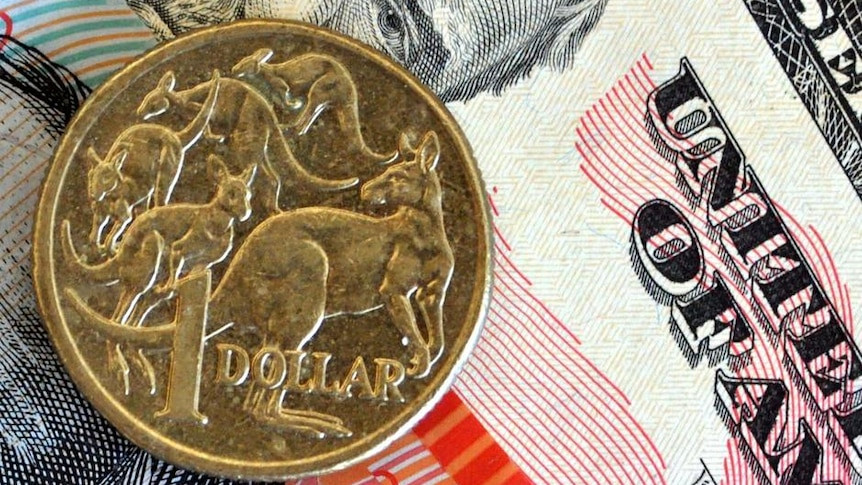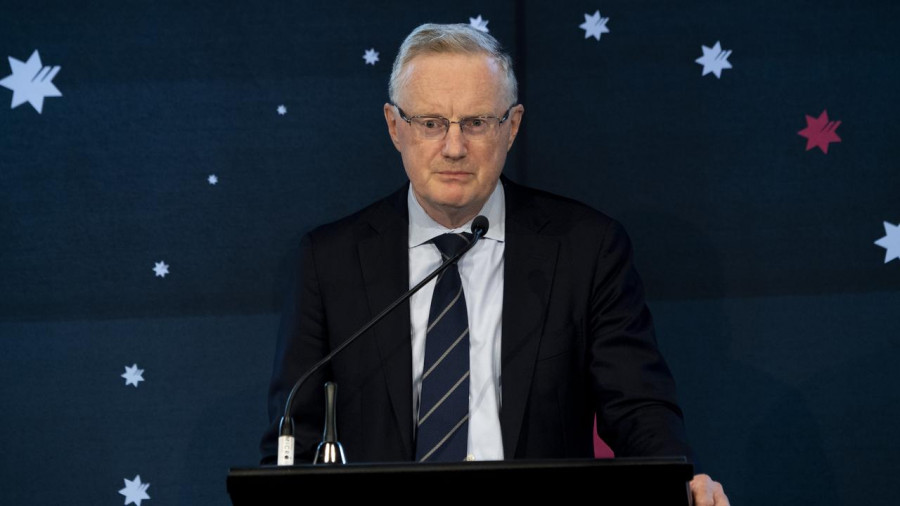
The Australian dollar updated its two-month price high against the US dollar on Nov. 15, hitting 0.6802. But bulls on AUD/USD failed to settle within the 68th figure. The upward momentum faded, afterwards the bears took the initiative. The price slowly but steadily fell: the trading week closed at 0.6676.

It is particularly interesting that the pair's upward surge was caused not only by the weakening of the greenback, but also by the release of the minutes of the Reserve Bank of Australia's November meeting. Looking ahead, we should take note of the fact that this document turned out to be surprising due to its inconsistency, but traders interpreted its main theses in favor of the aussie. This is a very controversial decision, but we will talk about that below. Generally, at the end of the previous week we can state one obvious fact: the upward correction of the aussie ended exactly at the moment, when the U.S. dollar index started to recover its positions. The US dollar "allowed" the bulls to move up and hit a new two-month high. But as soon as the fundamentals started to play in favor of the greenback, the pair obediently reversed and went down. The aussie still plays the role of the second fiddle in the pair, following the quoted currency.
But back to the RBA minutes released last week. It really surprised traders with its contradictory theses. Thus, the text of the document indicates that the central bank has no predetermined trajectory for raising the rate. Members of the central bank simultaneously do not exclude two options: 1) a return to a rate hike of 50 basis points; and 2) a suspension of monetary policy tightening.
This phrase caused an increased volatility in the pair, and in favor of the Australian dollar. Traders focused their attention on the hawkish assumption, and did not really pay attention to the dovish scenario, which is also considered by the RBA members.
It is a big mistake to open longs on such hawkish assumptions (when the opposite, dovish scenario is not excluded at the same time). RBA Governor Philip Lowe's "soft" comment will immediately highlight the alternative scenario, according to which the central bank will pause in the process of tightening monetary policy.
Do recall that at the end of the RBA's last meeting the central bank members again raised the interest rate by 25 points. At the same time Lowe stated that the board "considered it reasonable to raise the rates at a slower pace. At the same time, he noted that the members had discussed the implications and costs of not raising rates, as the central bank "takes into account the pressures of higher rates and inflation on household budgets." By doing so, the RBA governor de facto allowed a pause in the process of tightening monetary policy.
The minutes of the November meeting only confirmed the likelihood of such a scenario.
Therefore the aussie's upward surge following the release of the RBA minutes was initially a false breakout of the resistance level of 0.6800 (the upper line of the Bollinger Bands indicator on the daily chart). You can't view the likelihood of a return to the 50-point move as a hawkish factor when on the other side of the scale is a possible halt to a rate hike.
In my opinion, the RBA will continue to raise the rate in 25-point increments through next spring (inclusive), eventually reaching a final result around 3.85-4.1%. The good situation in the Australian labor market with the simultaneous record growth of inflation allows/forces the RBA to move in this direction in slow steps.
Let me remind you that, according to the latest data, Australia's unemployment rate has fallen to 3.4%. Employment rose by 32,000 (with a forecast of 23,000 growth), at the expense of an increase in the full-time employment component. As far as inflation is concerned, the indicators have updated 32-year records - in particular, the consumer price index jumped to 7.3% y/y in Q3 (with the forecast growth to 7.0% and the previous value of 6.1%).

We can assume that the RBA (intentionally or unintentionally) gave AUD/USD bulls an unjustified sense of optimism by allowing a return to a 50-point rate hike. This is a trap of sorts - after all, if inflation in Australia shows clear signs of slowing in the fourth quarter, for example, there will be an alternative option on the agenda (at least in the context of broad discussion), which implies a pause in the process of tightening monetary policy. In other words, the RBA has planted a "time bomb" under the aussie.
Meanwhile, the US dollar began to gain momentum late in the trading week, reacting to hawkish comments from Fed officials. Several Fed members (notably Waller, Cook, and Bullard) made it clear that US inflation was still too high, and therefore it was too early for the central bank to think about curtailing the hawkish course. At the same time Christopher Waller said that the speed of the rate hike is not that important, given the fact that the upper bar of the current cycle is higher relative to earlier forecasts.
In view of such rhetoric, the greenback began to gradually regain lost ground. In my opinion, this trend will continue in the medium term. It means that the pair will keep sliding down to the nearest support levels. The first target is the level of 0.6590 (the line Tenkan-sen on the daily chart). The main target is 0.6500 (the average Bollinger Bands line, which coincides with the Kijun-sen line on the same timeframe).